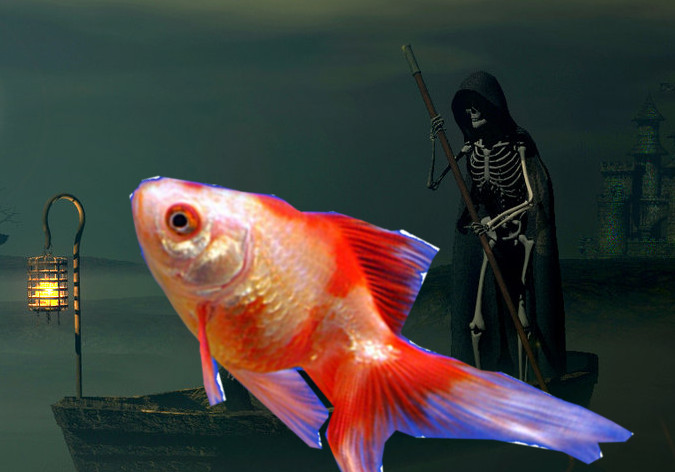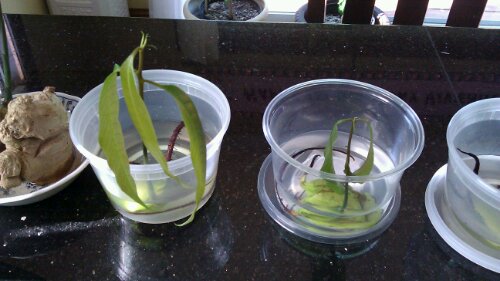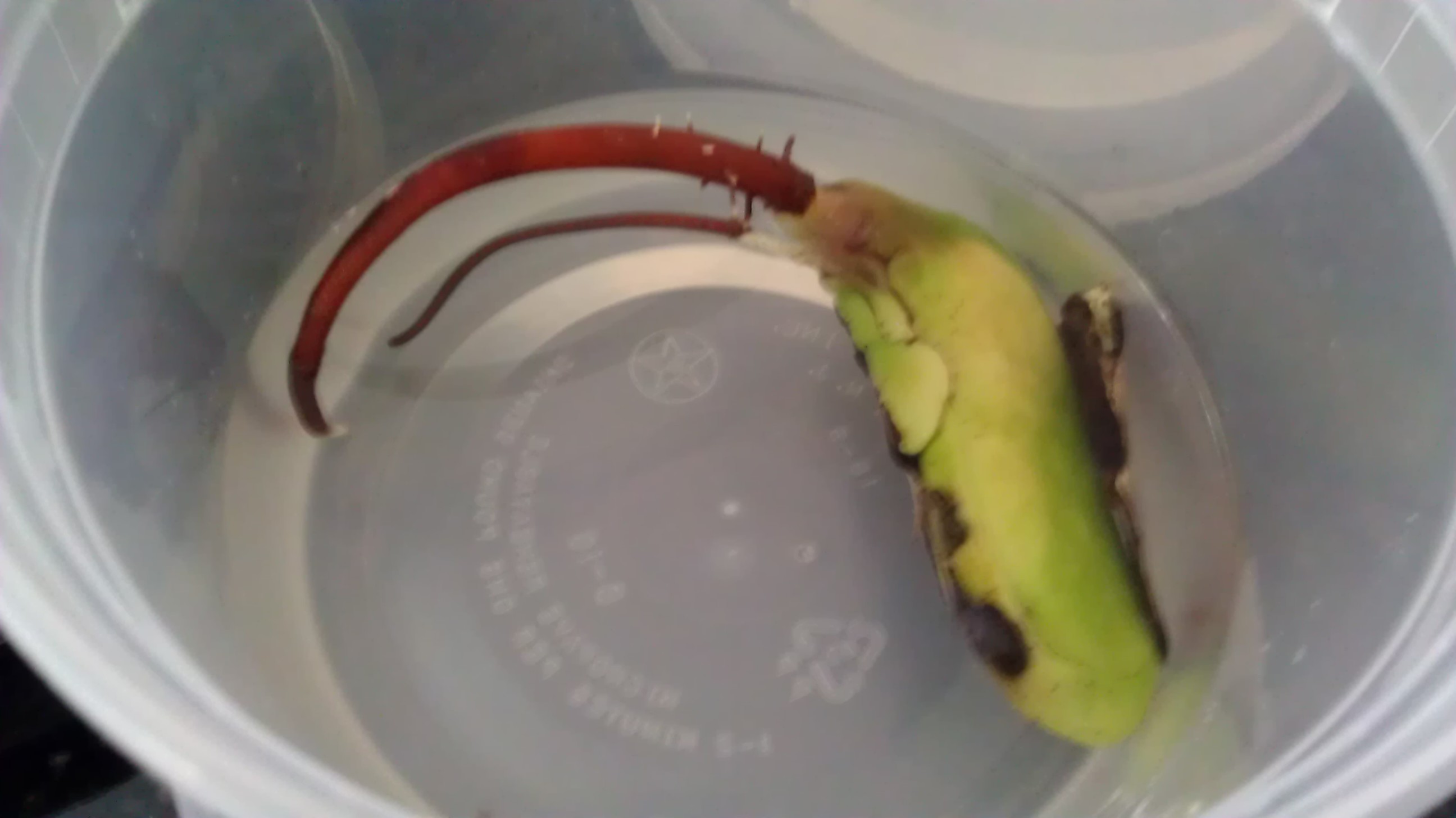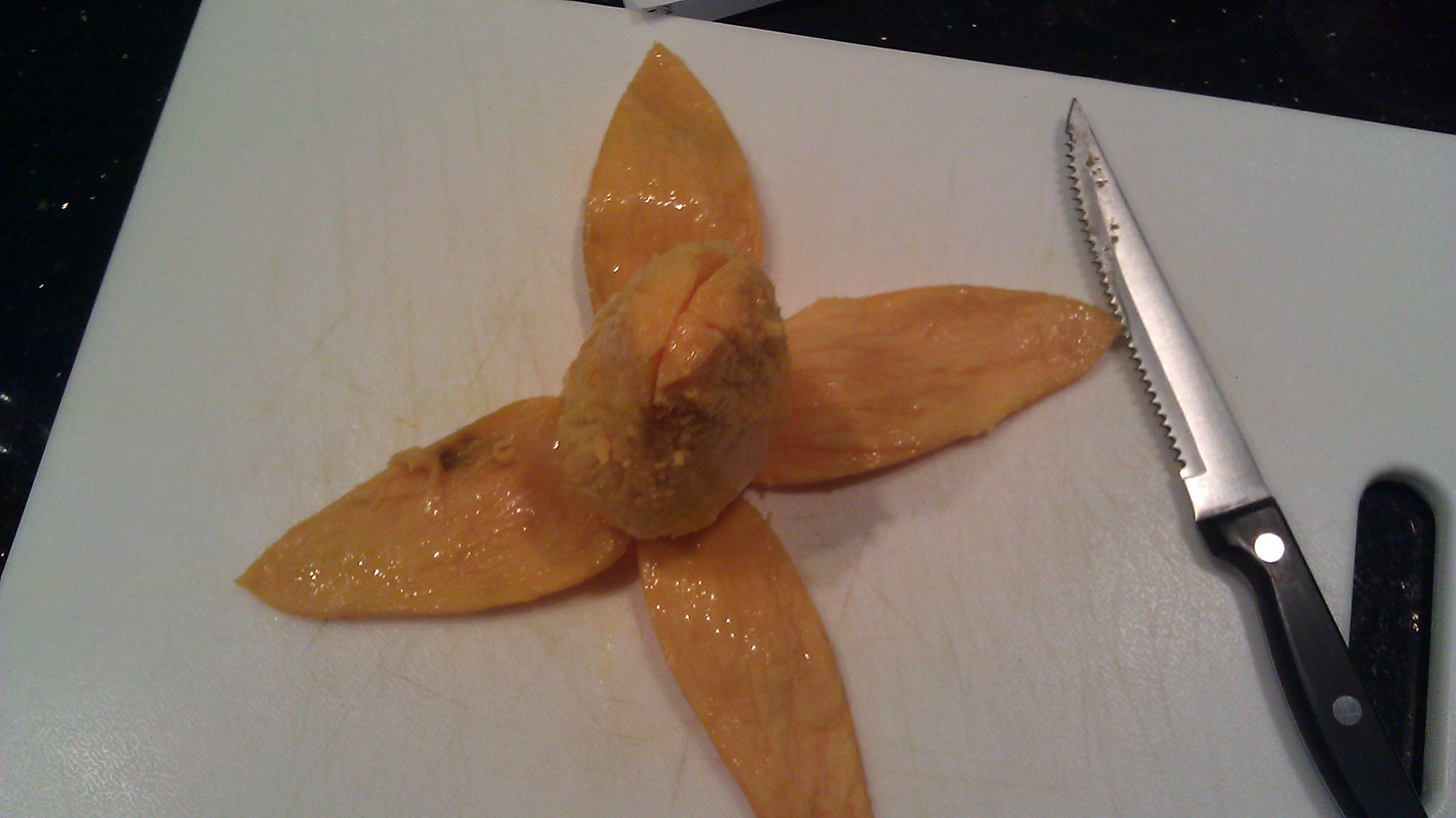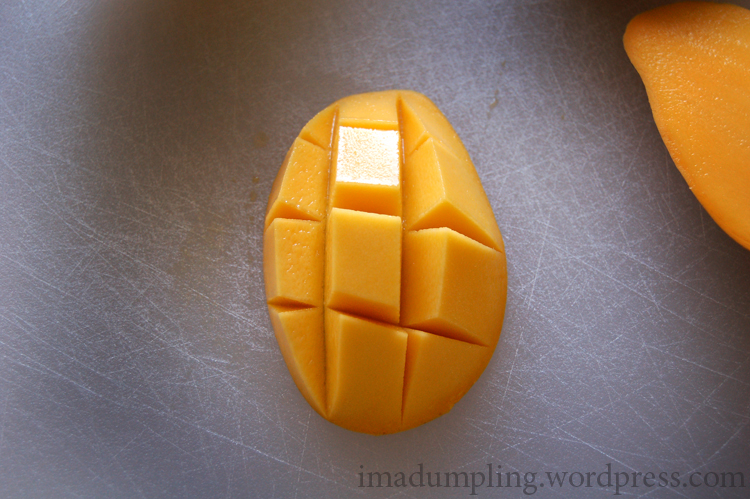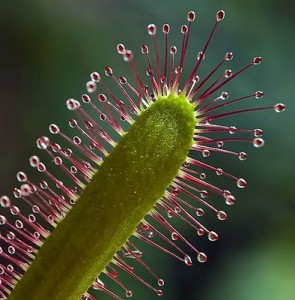I was very excited when I initially started my indoor koi pond project. I figured my basement was a perfect place, as it was not yet finished, and the space was available.
Well, this year we decided to finish the basement, and I had to take the pond apart. I intended on rebuilding a new pond, and purchased a fish tank to hold them temporarily. After further thought, multiple discussions with MommyMD, we realized that a pond in a house with children may be bad idea. First off, to have a proper koi pond, you want to be able to look down and enjoy seeing the fish swim around. You dont really see koi in a fish tank (at leat I don’t). If you have young kids, you know they climb on EVERYTHING. They will get INTO everything. Even if your child is awesome and obedient, your neighbor or friend’s kid may be an idiot. Regarding liability, we kept thinking about what if… what if ViviBear or JulietteBear fell in, or any child fell in and drowned? Yah, that would be bad.
The other problem that I almost did not catch was black mold. I figured the pond would produce a lot of moisture, but I thought my basement was sufficiently dry enough that this would not be an issue ever. Well I never looked behind the insulation until a month ago. Around the first week of Jan 2014, as the basement is being insulated, we had a really bad freeze. Temps around -5 to 0 deg F. The basement was very warm but I could feel a draft, so I pulled the insulation back and saw some ice formation. You can see more about that here.


So we got the mold treated

Initially I was torn about how to place a Koi Pond in my new basement. I was even going to install security glass paneling around it like at a zoo, but that would have been ridiculously costly I would think. Sad to say that child endangering is not what sealed my decision [Vivi and Jette Bear, I really do love you and don’t want you to drown, but I really wanted a Koi Pond], but the excessive moisture and mold issue is.
Though I still think Koi should be looked at from above, I will settle for an inwall fish tank

More pictures to come of the happy fishies once the project is done.
To see more projects by the contractor finishing my basement, check out Werenercontracting.com


